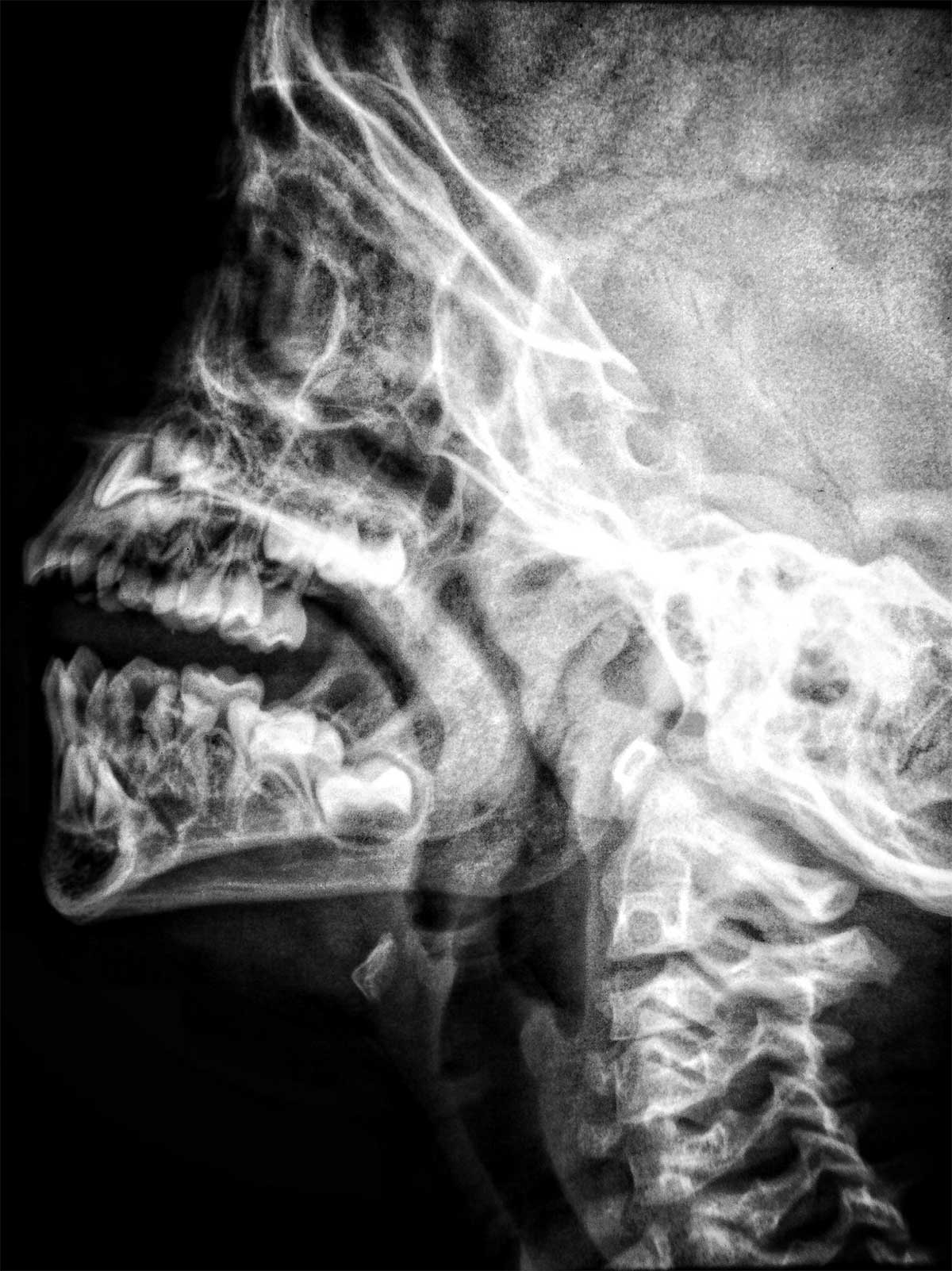Many different kinds of patient injuries can give rise to medical malpractice lawsuits in New Mexico, including the failure to accurately diagnose an illness or a condition. The failure to diagnose is one type of diagnostic error, which is a type of medical mistake that can also include misdiagnosis, missed diagnosis, and delayed diagnosis. Did you seek medical care from a healthcare provider who failed to diagnose a specific condition, illness, disease, or disorder that another healthcare provider later diagnosed accurately and you suffered harm as a result of the initial failure to diagnose? If so, you could be eligible to file a medical malpractice claim, and one of our Santa Fe medical malpractice attorneys can help. In the meantime, we can provide you with more information about the failure to diagnose and other kinds of diagnostic mistakes.
Learning More About Failure to Diagnose and Diagnostic Mistakes
According to Johns Hopkins Medicine, diagnostic errors, including the failure to diagnose, account for “the largest fraction of claims, the most severe patient harm, and the highest total of penalty payouts.” Indeed, according to Dr. David E. Newman, a neurology professor at Johns Hopkins University School of Medicine, “diagnostic errors could easily be the biggest patient safety and medical malpractice problem in the United States.”
The Patient Safety Network and the Agency for Healthcare Research and Quality (AHRQ) reports that, as of 2019, diagnostic errors account for approximately 17% of avoidable errors that occur in hospital settings, and nearly 10% of patients’ families learn about a “major diagnostic error that went undetected while the patient was alive.” In other words, the failure to diagnose and other kinds of diagnosis mistakes occur with some frequency, and these errors can have devastating results.
Consequences of a Failure to Diagnose
A health care provider’s failure to diagnose can result in multiple types of harm. First, and often most significantly, a failure to accurately diagnose a serious or life-threatening disease can result in a delayed diagnosis that ultimately prevents the patient from receiving timely treatment. In other circumstances, a failure to diagnose the actual condition or disease (or to properly identify the cause of the patient’s symptoms) may result in a patient being diagnosed with a more serious condition and undergoing invasive and expensive tests or even procedures.
Common Types of Failure to Diagnose Cases
Medical malpractice claims based on a failure to diagnose can arise from many different kinds of conditions or illnesses that go undiagnosed at first in a patient, including but not limited to:
- Failure to diagnose cancer;
- Failure to diagnose a stroke;
- Failure to diagnose a heart attack;
- Failure to diagnose a condition during pregnancy that leads to a birth injury; or
- Failure to diagnose a benign or minor issue that results in unnecessary and invasive tests or treatments.
Contact a New Mexico Medical Malpractice Attorney
If you or someone you love suffered any kind of harm as a result of a failure to diagnose, you may be able to file a medical malpractice lawsuit with help from one of our experienced Santa Fe medical malpractice lawyers. Do not hesitate to get in touch to find out more about filing a claim. Contact Slate Stern Law for more information.
